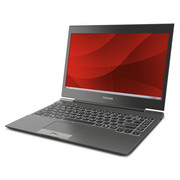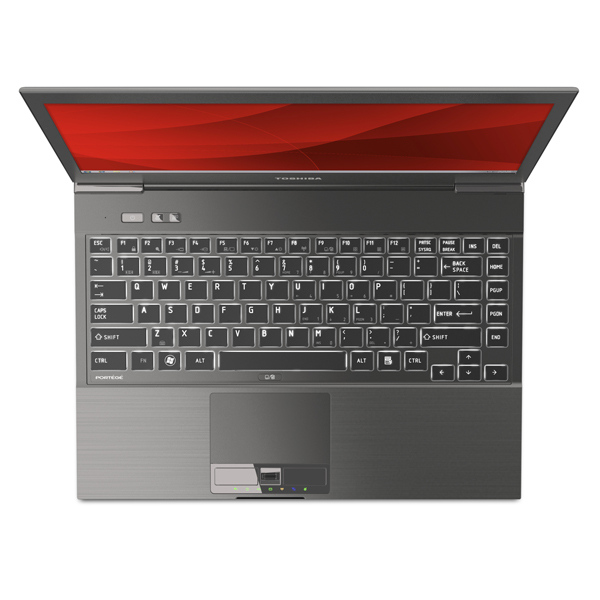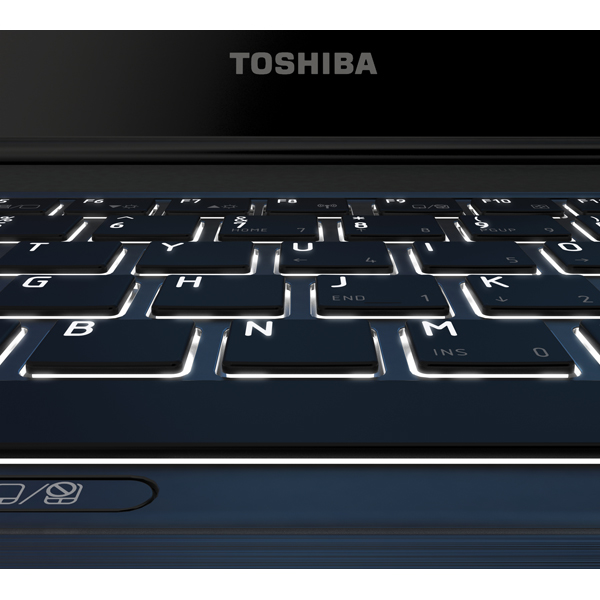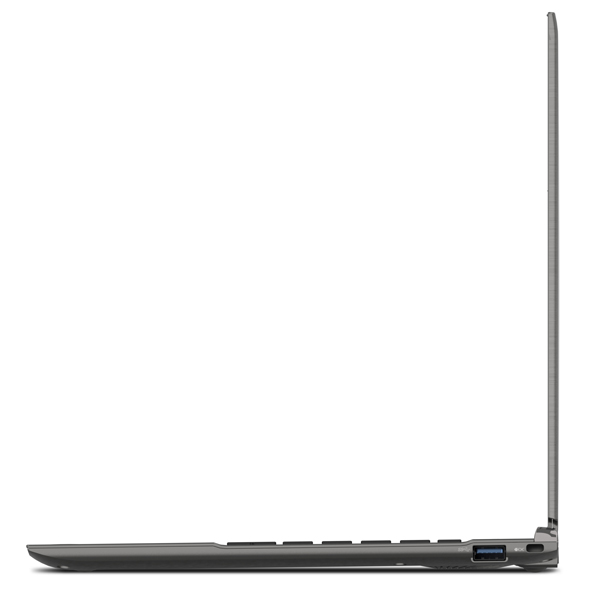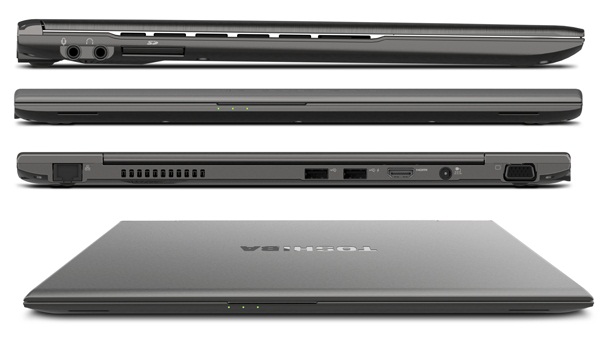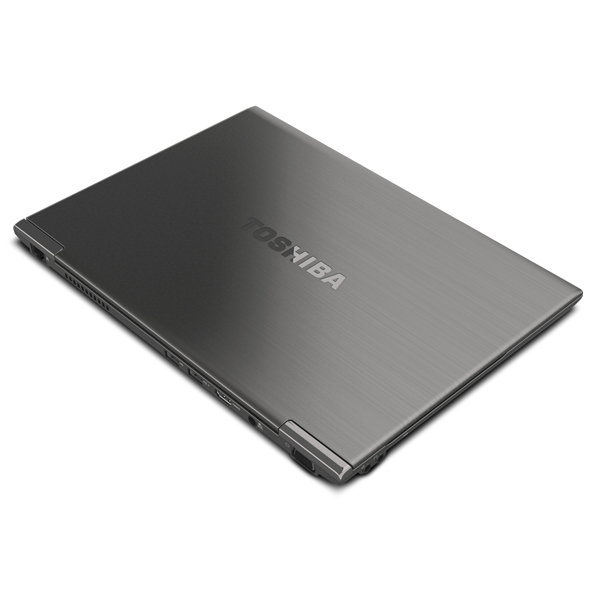Toshiba Portege Z930-105
Especificaciones de Portátil(es)

Price comparison
Promedio de 4 puntuaciones (de 3 análisis)
Análisis para el Toshiba Portege Z930-105
Ultra-slim business. Striking looks, low weight, long runtimes and first-rate connections. Sounds like the perfect business qualities. However, there are shortcomings in details. Why is the premium claim not met?
Origen: Think Digit
 EN→ES Archive.org version
EN→ES Archive.org versionWhen Toshiba updated the Portege Z830 with the newer processor, they just changed to the newer processor. The form factor, the rest of the specs and most importantly, the very light build remained as it is. And that keeps the Z930 as the lightest ultrabook money can buy. Performance wise, it is at par with the rest of the ultrabooks. And the alternatives you could consider include the Samsung Series 9 Ultra and the Lenovo ThinkPad X1 Carbon.
Único Análisis, disponible online, corto, Fecha: 06/07/2013
Puntuación: Puntuación total: 70% precio: 50% rendimiento: 70% características: 60% procesamiento: 80%
Origen: Ultrabook King
 DE→ES Archive.org version
DE→ES Archive.org versionÚnico Análisis, disponible online, largo, Fecha: 12/21/2012
Puntuación: Puntuación total: 77% precio: 60% rendimiento: 80% características: 80% pantalla: 70% movilidad: 80% procesamiento: 70%
Origen: Chip.de
 DE→ES Archive.org version
DE→ES Archive.org versionÚnico Análisis, disponible online, Mediano, Fecha: 11/13/2012
Puntuación: Puntuación total: 85% precio: 76% rendimiento: 98% características: 71% pantalla: 69% movilidad: 95% ergonomía: 84%
Comentario
Intel HD Graphics 4000: Tarjeta de video de procesador de gama alta de los modelos Ivy Bridge. Ofrece una frecuencia diferente en los diferentes modelos de CPU (ULV a quad core de desktop) y, por tanto, un rendimiento diferente.
Algunos juegos actuales no fastidiosos pueden ser jugados fluidamente con pequeños detalles.
>> Más información puede ser encontrada en nuestra comparación de tarjetas gráficas moviles y la lista de benchmarks.
3427U: Veloz CPU ULV basado en Ivy-Bridge en el segundo trimestre de 2012. Ofrece una frecuencia de 1,8 - 2,8 GHz y un GPU HD 4000 (350 - 1150 MHz). El TDP es de 17 W.
>> Más información puede ser encontrada en nuestra comparación de procesadores móviles.




